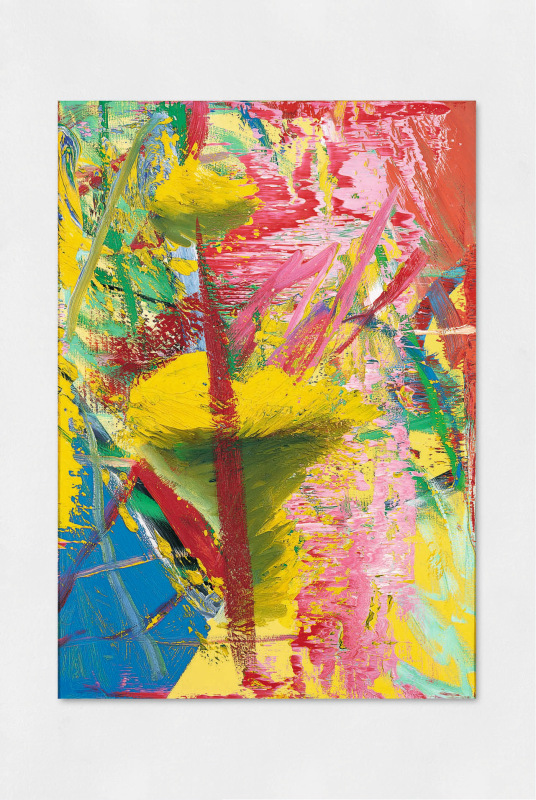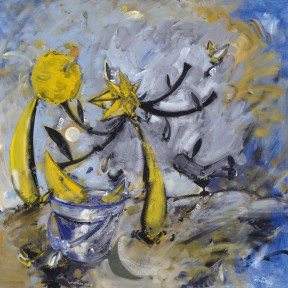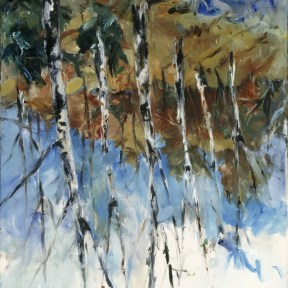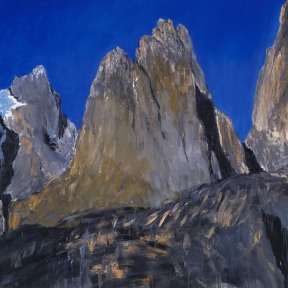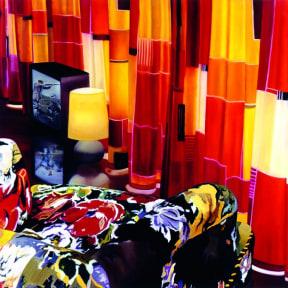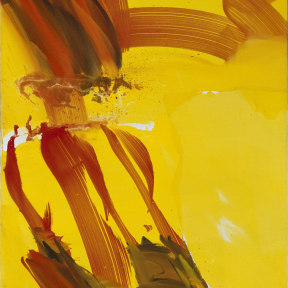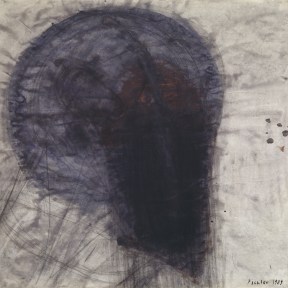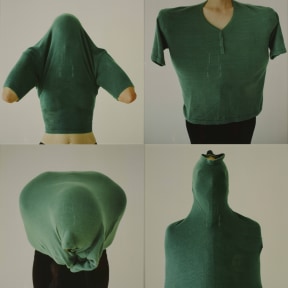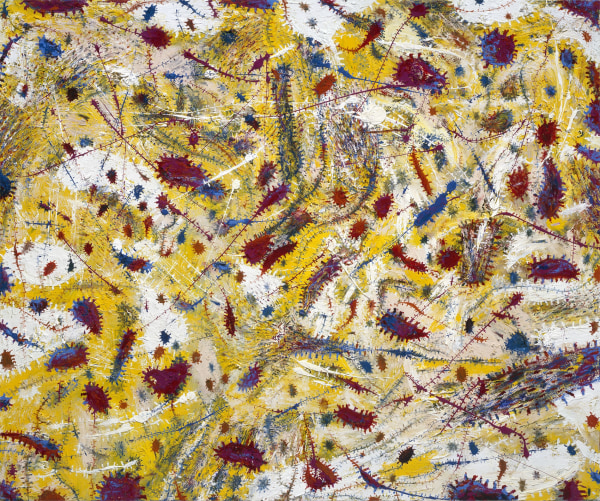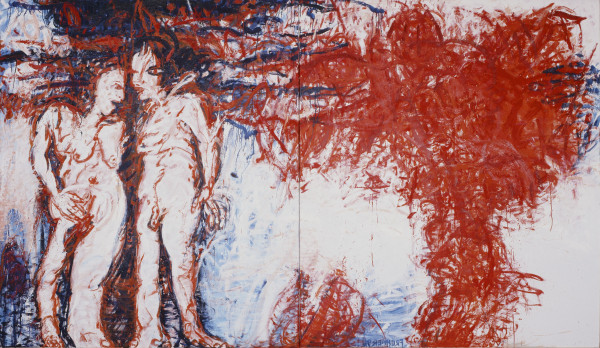-
Biography
Gerhard Richter (Dresden, Germany 1932)
Born in 1932, Gerhard Richter moves between the frontiers of photography and painting, captivated by how these seemingly opposing practices speak to and challenge one another.
The artist creates exuberant palette knife paintings in harsh colours, with photographic details and close-ups of single brushstrokes.
Richter’s earliest canvases, until the 1960s, were concerned with current affairs and popular culture, depicting images from magazines and newspaper cuttings related to military jets, portraits and aerial photographs. Richter continues to question the conceptual and formal resonance of photographic images, adjusting, cropping and manipulating his sources to build a monumental archive.
Richter’s life traces the defining moments of twentieth-century history and transpires the trauma of National Socialism and the Holocaust. In the wake of the Second World War, Richter’s art was affected by the Socialist Realist style sanctioned by East Germany’s Communist government. When he abandoned East Germany, in 1961, Richter left behind all of his artworks. From 1961 to 1964, alongside Blinky Palermo and Sigmar Polke, Richter studied at the Staatliche Kunstakademie in Düsseldorf, where he began to explore the material, conceptual and historical implications of painting without ideological constraint.
Gerhard Richter represented West Germany at the 1972 Venice Biennial and at the “documenta” exhibition in Kassel, Germany, where he exhibited again in 1977, 1982, and 1987. In 1967, Richter was awarded the Junger Western art Prize.
His works are represented in all major museums and important collections.
In 2002, he had a comprehensive retrospective to mark his 70th birthday at the Museum of Modern Art in New York. On his 80th birthday in 2012, the Tate Modern in London, together with the Centre Pompidou in Paris and the Nationalgalerie Berlin, staged an extensive retrospective exhibition of his oeuvre.
Copyright the artist. Photo © UniCredit Group
-
Works
Gerhard Richter German, 1932
521-4 Flug, 1983Oil on canvas / Olio su tela / Öl auf Leinwand39 3/8 x 27 1/2 in
100 x 70 cmUniCredit Bank GmbH© Gerhard Richter 2023 (01022023)Photo: UniCredit GroupExhibitions
Join our mailing list
* denotes required fields
In order to respond to your enquiry, we will process the personal data you have supplied in accordance with our privacy policy.

